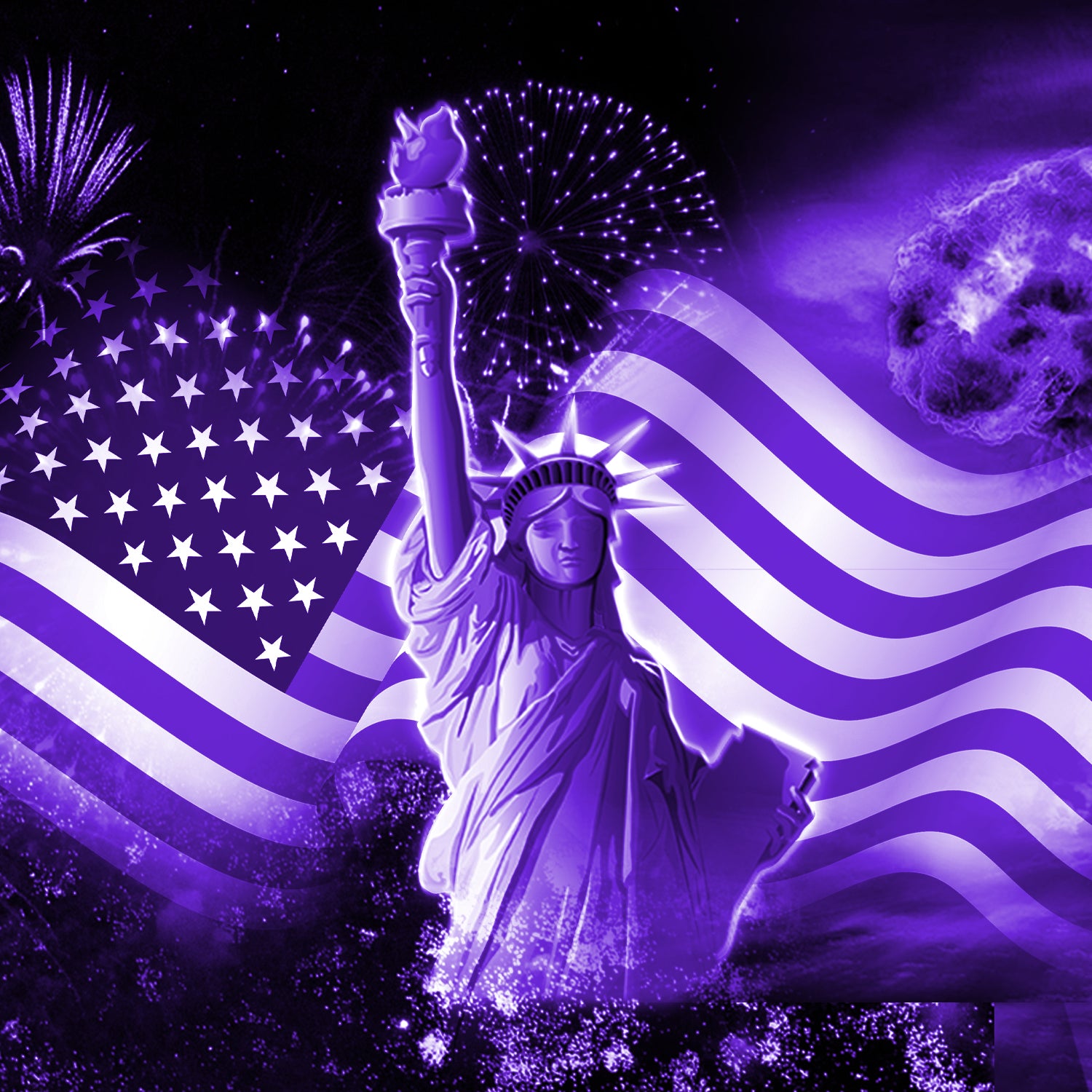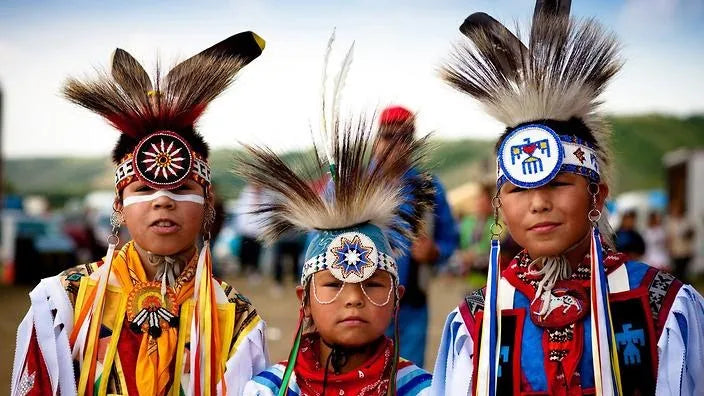In the misty valleys and rugged coastlines of British Columbia, a seismic court decision has reignited a national debate over land, legacy, and the very notion of ownership. On August 8, 2025, the B.C. Supreme Court ruled in favor of the Cowichan Tribes, affirming their Aboriginal title to vast public lands in the Cowichan Valley and mandating “good faith” negotiations to reconcile those rights with private fee-simple properties scattered within the claimed territory.
This ruling, still echoing through headlines as of October 2025, has sparked fears of widespread land seizures from Canadian citizens—homeowners, farmers, and developers who believed their titles were ironclad. Grand Chief Stewart Phillip of the Union of B.C. Indian Chiefs hails it as a step toward honoring the Royal Proclamation of 1763, which barred unceded land grabs by settlers.
Critics, including B.C. Conservatives, decry it as a threat to private property, calling for a moratorium on reconciliation talks until clarity emerges.
But is Canada truly “seizing” land from its citizens to hand it back to Indigenous nations? Not quite—at least not yet. The policy landscape is more nuanced, rooted in a century of colonial dispossession and a post-1973 framework of negotiated claims rather than outright expropriation. Yet, as reconciliation accelerates under the United Nations Declaration on the Rights of Indigenous Peoples (UNDRIP), implemented via federal action plans, the tension between historical justice and modern citizen rights has never been sharper.
The Colonial Foundation: From Conquest to Claims
Canada’s story with Indigenous land is one of broken promises and bold assertions. Pre-Confederation treaties, like the Numbered Treaties of the 1870s, ceded vast territories in exchange for reserves and annuities—but often under duress, with oral understandings ignored in favor of written fine print.
In British Columbia, where 95% of the province remains unceded, no such treaties exist for most lands; settlement proceeded via unilateral Crown grants, sidelining First Nations.
The turning point came in 1973 with the Calder v. British Columbia decision, where the Supreme Court recognized Aboriginal title as a pre-existing right, not extinguished by colonial fiat.
This birthed the federal Comprehensive Land Claims Policy, dividing claims into two tracks: comprehensive (for untreatied territories, leading to modern treaties) and specific (for breaches of existing treaties, like inadequate reserves).
Today, 25 modern treaties cover 600,000 square kilometers, benefiting Inuit, Métis, and First Nations with co-management rights, revenue sharing, and self-governance.
Specific claims, meanwhile, have settled 460 disputes since 1973, often with financial compensation rather than land swaps—explicitly without taking property from third parties.
These aren’t seizures; they’re settlements. The Crown—federal or provincial—negotiates with Indigenous groups, drawing from public lands or budgets. Private owners are rarely directly targeted, but ripple effects loom. In the 2014 Tsilhqot’in Nation v. British Columbia ruling, the Supreme Court granted title to 1,700 square kilometers, empowering the nation to veto developments without consent.
Expropriation of First Nations’ own lands remains possible under the Expropriation Act for public purposes, but it’s constrained and compensated.
The reverse—governments “giving back” private land—happens via voluntary buybacks or additions to reserves, not mandates.
The Cowichan Flashpoint: Private Property in the Crosshairs?
Enter the Cowichan case, a microcosm of policy in action. The Tribes proved continuous occupation since time immemorial, securing title to public forests and waterways. Justice Barbara Young extended the ruling to 1,400 private lots within the area, not parties to the suit, obligating B.C. to negotiate overlaps with “the honour of the Crown.”
Landowners, many multi-generational farmers, now face uncertainty: Will their titles be clouded by shared governance? Could access rights for cultural practices erode exclusivity? Developers in nearby Duncan worry about stalled projects.
This isn’t isolated. In Yukon and the Northwest Territories, modern treaties like the 1993 Nunavut Agreement returned 350,000 square kilometers to Inuit control.
Quebec’s Cree Nation secured co-ownership of James Bay resources post-1975, blending Indigenous stewardship with economic development. But critics point to “Land Back” activism—a grassroots push for return of stolen territories—as fueling alarm. While not official policy, it amplifies calls for UNDRIP’s free, prior, and informed consent (FPIC), potentially stalling pipelines or mines without Indigenous buy-in.
B.C.’s 2019 Recognition and Reconciliation Policy, co-developed with First Nations, replaces outdated claims frameworks with rights-based talks.
It prioritizes co-existence, but as of 2025, over 140 groups are negotiating comprehensive claims, with specific ones piling up at 250 accepted and 160 under review.
Settlements since 2006 include six modern treaties and billions in capital for Indigenous-led growth.
Yet, the human cost lingers: Indigenous communities, decimated by residential schools and resource extraction, seek not just land but healing.
The Assimilation Imperative: Thresholds for a Unified Nation?
Here’s the rub: Reconciliation, noble as it is, risks perpetual division if it entrenches indefinite benefits for one group at another’s expense. Canada’s history is a graveyard of failed assimilation— from the 1969 White Paper’s push for enfranchisement (renouncing status for citizenship) to residential schools that aimed to “kill the Indian in the child.”
These policies, rooted in the Indian Act’s wardship model, treated Indigenous peoples as perpetual minors, stripping rights to force integration.
They failed spectacularly, breeding resentment and poverty.
Today, the pendulum swings toward exceptionalism: Section 35 of the Constitution Act, 1982, affirms Aboriginal rights, but critics argue it creates a two-tier citizenship.
Why indefinite vetoes over development for descendants of pre-colonial stewards, but not for Ukrainian or Chinese immigrants whose forebears arrived post-Confederation? Land Back, while restorative, evokes fears of reverse colonialism—eroding the private property that underpins Canada’s economy and equality.
There must be a threshold. Newcomers—refugees, economic migrants—earn citizenry and property rights through assimilation: learning laws, paying taxes, contributing to the collective. After generations, no “prior people’s” claims supersede theirs. For Indigenous nations, redress should be finite: targeted returns of Crown lands, equity in resources, and self-determination within a shared Canada. Beyond that, assimilation isn’t erasure—it’s evolution. Nations blend; cultures adapt. Perpetual carve-outs breed silos, not unity. As one C2C Journal analysis warns, unchecked exceptionalism undermines universalism, the liberal ideal of equal citizens unbound by race or origin.
Imagine a 50-year horizon: Claims settled, treaties modernized, benefits phased into inclusive prosperity. First Nations lead green economies on returned lands; all Canadians share the wealth. Without such limits, the Cowichan ripple could become a wave, washing away trust in titles and turning reconciliation into resentment.
Toward Equitable Horizons
Canada’s land policies aren’t about seizure but settlement—a painful unwinding of colonial knots. The Cowichan ruling exemplifies progress: title affirmed, negotiations compelled, justice pursued.
Yet, as 2025 unfolds, with B.C. Conservatives pushing for pauses and Indigenous leaders demanding haste, the nation teeters. True reconciliation honors the past without hostage-taking the future. By setting thresholds—finite redress, mutual assimilation—Canada can forge a tapestry where Indigenous sovereignty weaves into a broader Canadian fabric. The land belongs to all who steward it today; the challenge is ensuring no one is displaced tomorrow.










Share:
Netanyahu’s Strikes on Gaza: A Fragile Ceasefire Shatters Amid Manufactured Pretexts and Enduring Expansionism
Tucker Carlson’s Bombshell Interview with Nick Fuentes: A Rift in the Right and the Case for Unfiltered Debate